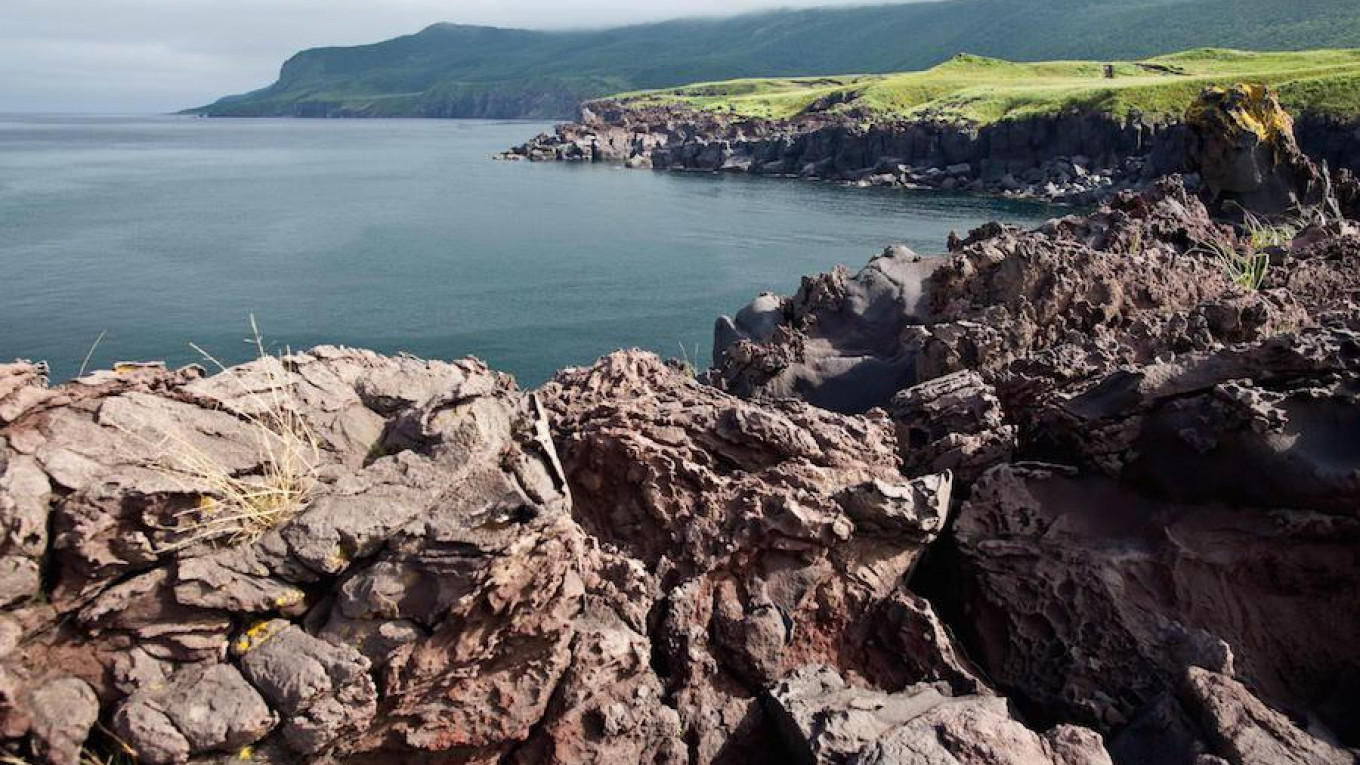Forget the bustle of Moscow or the elegant beauty of St. Petersburg: the remote Far East may soon become Russia's number one tourist hotspot.
Russian authorities announced on Wednesday that they would be introducing free e-visas to business and tourist travelers heading to the Primorye, Khabarovsk, Sakhalin, Chukotka and Kamchatka regions for fewer than eight days in a bid to revive the region's economy.
But just what can you do during a week in one of the world's most unforgiving and sparsely habited areas? The Moscow Times had a look at the best of what the Far East has to offer.
Vladivostok
Built as a Russian foothold in the Far East, Vladivostok now is the most vibrant city in this remote region. Despite being closed to foreigners from the 1950s up to 1992, the city is undergoing huge infrastructural renovations and has recently hosted a number of major international events, including the 2012 ASEAN summit.
Every fall Vladivostok hosts the International Jazz Festival, and the city’s nightlife rivals most other Russian cities. Connoisseurs should visit Primorsky Stage of Mariinsky Theater and Primorsky State Picture Gallery to enjoy world-class Russian and European artwork. The Vladivostok food scene, influenced by Korean and Chinese culinary traditions, boasts its own take on seafood delicacies including oysters, calamari, crabs and caviar.
A major port, Vladivostok stations which can be casually observed by tourists promenading the Korabelnaya Embankment. Those wanting to dive deeper into the atmosphere may visit the S-56 submarine, a WW2 museum ship.
Among the sights is the mighty Russian Pacific Fleet, neo-Byzantine Orthodox churches, and plenty of Communist-era Lenin statues.
Geyser Valley
Located on the Kamchatka peninsula, Geyser Valley is one of the world's geo-thermal hotspots. Some 90 geysers and hot spring are crammed along this 6 kilometer stretch, transporting tourists to an almost-alien landscape. While some of the geysers were destroyed in a landslide in 2007, it remains a major tourist attraction and area of scientific research. Just remember: like many of Kamchatka's natural beauty spots, you'll need to travel by helicopter to reach the valley itself.
Sakhalin and the Commander Islands
Take a boat east to see the rugged beauty of the Sakhalin and the Commander Islands.
It's the rare and endangered wildlife that draws tourists to this remote corner of the world, with each island offering the chance to get up close with animals such as seals and arctic foxes. It's also perfect for unique whale-watching experiences on the waves of the Sea of Okhotsk.
And once you get bored of snuggling up to your new animal friends? Sakhalin also boasts great ski slopes and trails for winter sports enthusiasts.
Volcanoes of Kamchatka
There are 160 volcanos in Kamchatka: 29 are still active. The best way to see as many as possible is to book a helicopter tour and take to the skies to better appreciate the area's raw beauty and power. Popular volcanic destinations include Klyuchevskaya Sopka, which towers at a mighty 4,750 meters above sea level – making it the largest active volcano in the Northern Hemisphere. Three, slightly more accessible volcanoes can be seen from the regional capital of Petropavlovsk-Kamchatsky: Koryaksky, Avachinsky, and Kozelsky.
Primorye Safari Park
Famous as the home of Amur the tiger and his beloved goat friend Timur, Primorye Safari Park allows visitors the chance to get up close to the Far East's regional wildlife.
A family of lumbering Russian bears is among the main attractions drawing the crowds as well as the chance to see the tigers fed every day.
Sadly, Amur and Timur are no longer friends. Zoo keepers admitted last year that Amur's reluctance to eat his goat buddy was the result of a plentiful diet. So much for the bonds of friendship.
Bystrinsky Nature Reserve
The Bystrinsky nature reserve encompasses 1.3 million hectares of scenic wilderness in the very heart of the Kamchatka peninsula. Aside from its breathtaking natural beauty, Bystrinsky also allows visitors to learn a little more about the indigenous people who originally populated the region. The Evens, Koryaks and Itelmens people still live in the area today, with some still continuing to live as traditional reindeer herders.
A Message from The Moscow Times:
Dear readers,
We are facing unprecedented challenges. Russia's Prosecutor General's Office has designated The Moscow Times as an "undesirable" organization, criminalizing our work and putting our staff at risk of prosecution. This follows our earlier unjust labeling as a "foreign agent."
These actions are direct attempts to silence independent journalism in Russia. The authorities claim our work "discredits the decisions of the Russian leadership." We see things differently: we strive to provide accurate, unbiased reporting on Russia.
We, the journalists of The Moscow Times, refuse to be silenced. But to continue our work, we need your help.
Your support, no matter how small, makes a world of difference. If you can, please support us monthly starting from just $2. It's quick to set up, and every contribution makes a significant impact.
By supporting The Moscow Times, you're defending open, independent journalism in the face of repression. Thank you for standing with us.
Remind me later.







